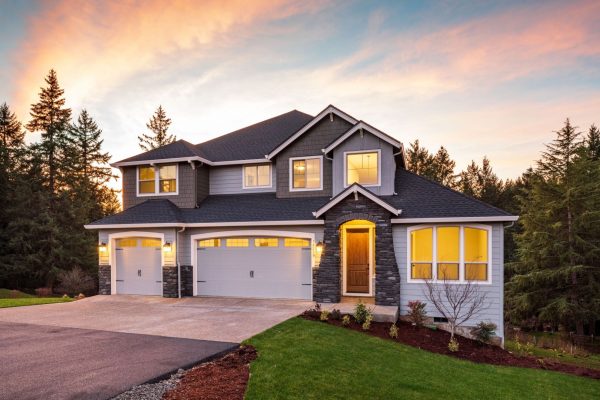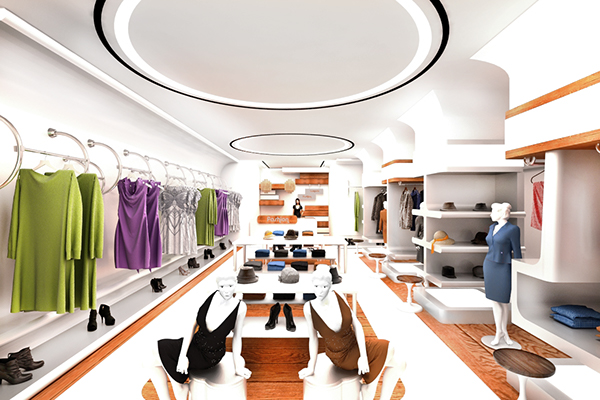
Structural Design/BIM
Strength and Dimensional Stability
Structural Design
Structural BIM Modeling is an integral part of building life cycle management, from building design, through its lifespan, to demolition. Accurately designing and detailing structural requirements while communicating with other trades throughout the design and construction process is key to efficient and effective design.
When specialty design requirements such as blast or progressive collapse are necessary, current practices which typically rely on hand calculations, simplified analysis, or artistic renditions of the suspected causes of failure. We take accurate Structural BIM Modeling a step further by combining it with ASI’s advanced design and analysis capabilities to provide superior 3D analysis.
- Concrete Structure
- Steel Structure
Concrete structures constitute a large portion of civil infrastructures, but their reliability is relatively low because of wide material discreteness and a complex service environment. Consequently, the safety of concrete structures is an important problem that receives attention at all times in civil engineering. Therefore, it is necessary to take reasonable measures to monitor the state of concrete structures. In order to monitor the performance and state of concrete structures during their service periods, information on the structural state needs to be obtained by appropriate monitoring technologies.
When it comes to building types, choosing the most future-proof type beforehand is the obvious choice. As such, steel structure is the type of building you’re looking for, performing better than any other possible structure type – concrete, timber, and so on.
Steel itself is an alloy of two material types – carbon and iron. Steel can also be infused with special properties by adding a number of additional materials in small percentages, be it sulfur, chrome, nickel, phosphorus, manganese, etc. This allows for several different varieties of steel to be produced.




